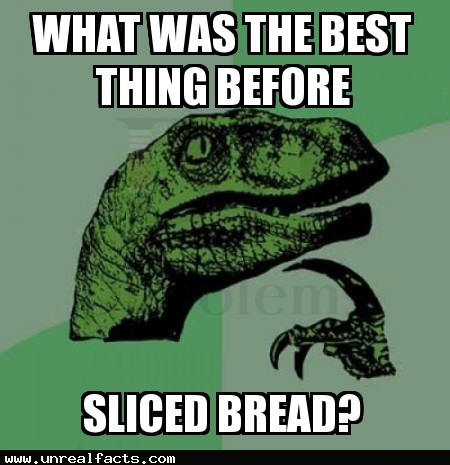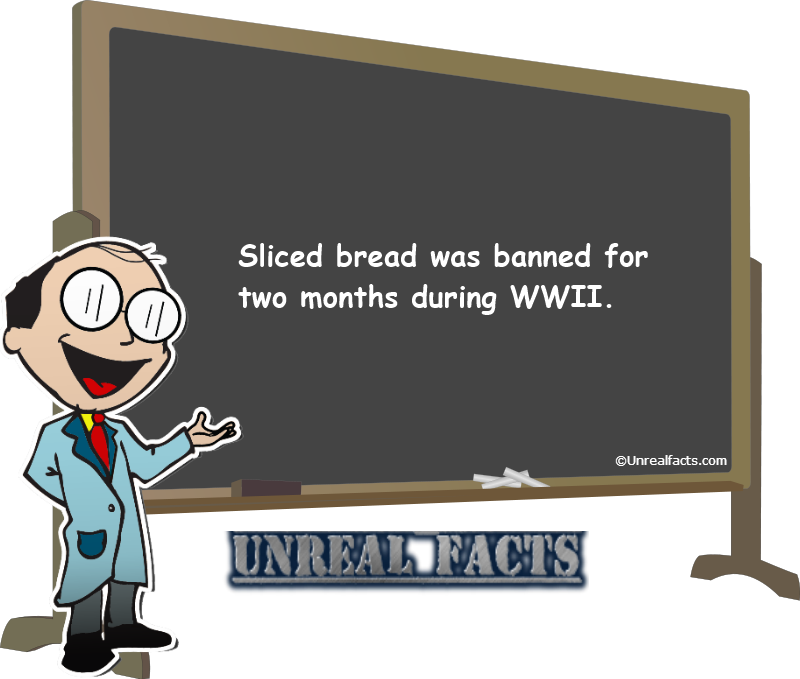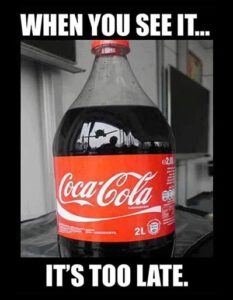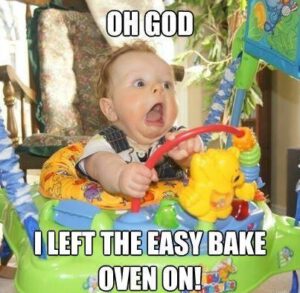
Imagine this for just one moment. Sliced bread was banned during WWII. Yep, the best thing since, well, sliced bread was banned, for just under two months. Could you possibly imagine going without an everyday item that you take for granted? It would suck, big time. Looking back, such a ban would seem ridiculous and utterly pointless. You would also probably think that such a ban would have been such a small inconvenience that most people wouldn’t have even worried about it. But there was a point behind it, and it actually caused outrage for many various reasons.
Every time a new and popular item is introduced into a consumer market you may hear some people say that it’s the best thing since sliced bread. There’s actually a reason people say this. Sliced bread was a real revolution and changed lives in ways that you could only imagine.
The first bread slicing machine was developed in 1912. The prototype was unfortunately destroyed in a fire, and wasn’t again built into a fully functioning machine until 1928. When it was finally introduced it had a wide ranging impact, not only on the bakery industry, but also in farming, manufacturing of jams and other spreads and in peoples diets. A machine that could cut bread into uniform slices that were generally thinner, and package it also became hugely popular. Because you could effectively get more slices from a loaf due to thinner slices, people began to eat more bread and use more spreads on it also. It had a hugely positive impact on diets, the economy and in every day life. Housewives around the world started to relish the time saved by not having to slice their own loaves. But that was until January 18, 1943, when sliced bread was banned during WWII.
Why was sliced bread banned during WWII?
So why exactly was sliced bread banned during WWII, after all, it was giving not only the economy a boost, but also the diet of the population? Well, things were pretty tight due to a war. Every available resource was needed for the war effort, and by making sliced bread banned during WWII the authorities hoped it could help. Their reasons were that the sliced bread needed a heavier wrapper than a not sliced loaf to prevent it from drying out. It was also argued that not slicing the bread would help counteract the ten percent increase in flour prices. But it was a short lived ban. Within two months it would be lifted.
In reality it was a difficult ban to enforce, and it wasn’t popular, especially with the consumers. Many bakeries had already invested in the machinery, and actually continued to use them. This gave them an unfair advantage, something that the authorities knew about. But that wasn’t the biggest problem. Have you ever tried slicing a loaf yourself? It’s not the easiest thing in the world to do.
The ban made enemies of just about every house wife in the country (it might sound sexist to refer to the wife, but it’s a historical accuracy). A busy morning in the kitchen became even more hectic when they had to slice every piece of bread, not only for breakfast, but also for lunches. One distraught woman penned a letter to the New York Times complaining that she had to slice 22 pieces of bread every morning.
Less than two months later, on March 8, 1943, the ban was lifted. The War Production Board said that the savings made weren’t sufficient to justify the ban any longer.
If you liked this fact we recommend:
- The letters Q X W were banned in Turkey until 2013
- Tom is banned in Portugal
- Sesame Street was banned in Mississippi in 1970
- It’s illegal not to smile in Pocatello, Missouri








